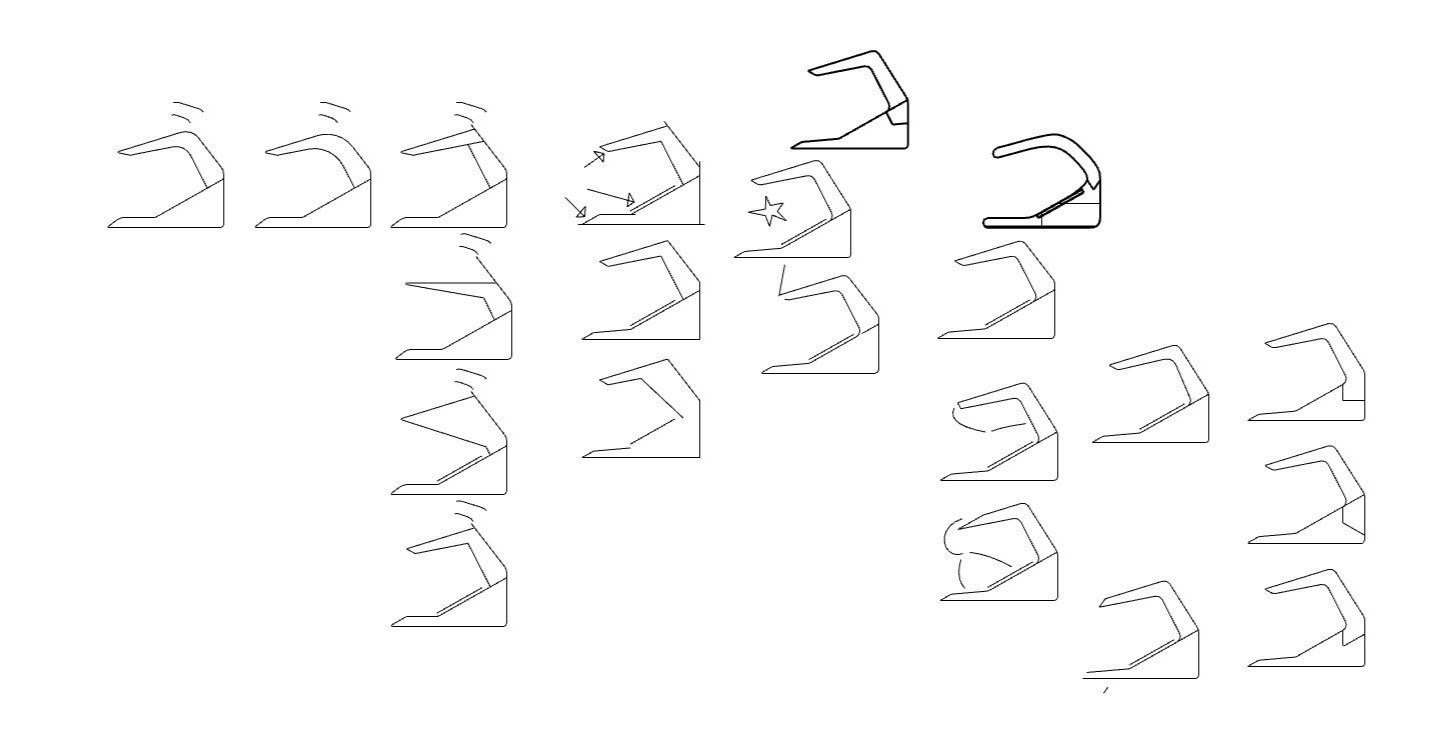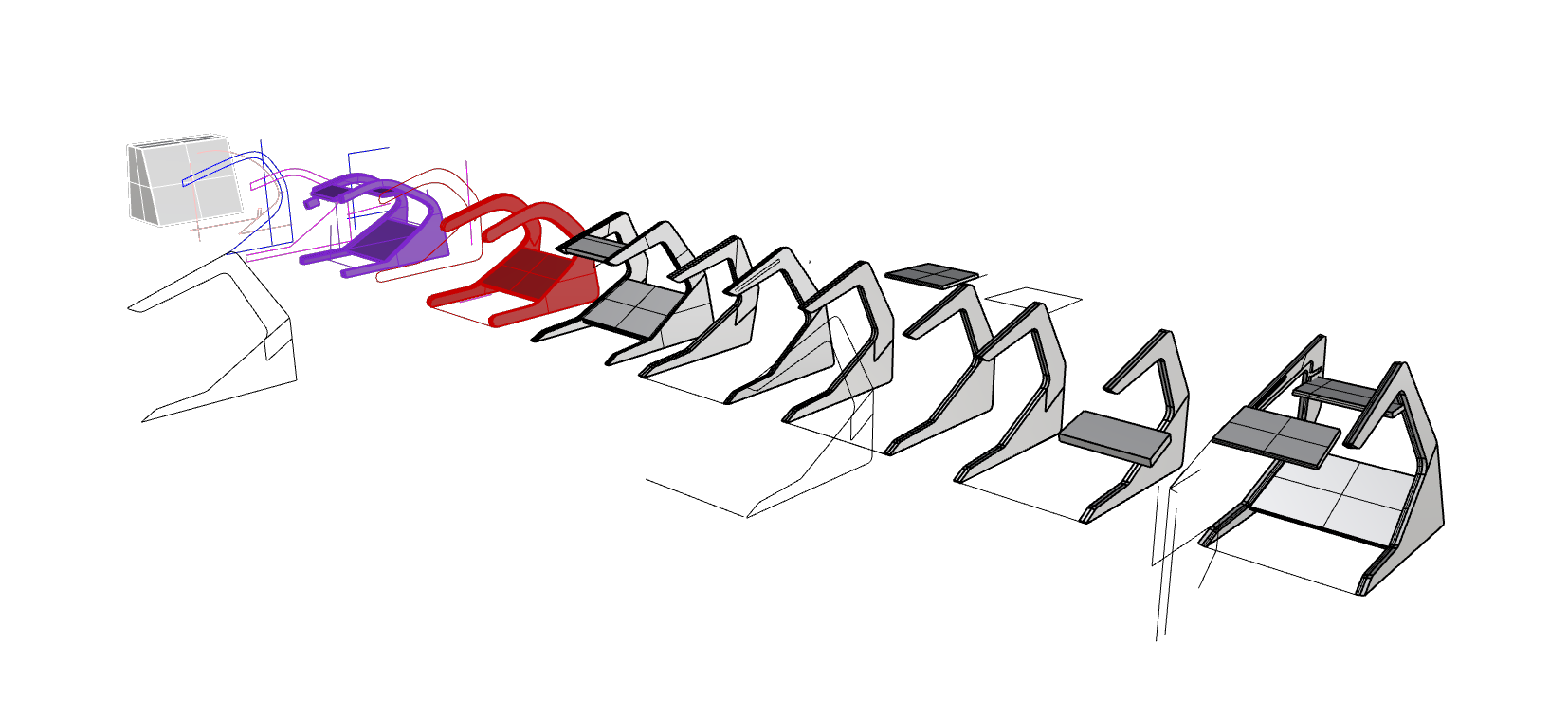
Racing Simulation
As the games we play are rapidly evolving, so are the technologies that come with it. In a normal game you can get away with turning into a corner too fast, in a racing simulator you will most likely spin off track as you would in a real car. Another key difference between games and sim’s is the hardware used to control your virtual car. Sim racers use steering wheels and pedals that are designed especially for this purpose. Modern technology has now allowed some simulations to become so realistic that professional racing drivers actually use them to practice on.
Market Research
Many simulation rigs on the market are quite steep in price, and while there are some you could pick up for around $100 they will be quite lackluster like we see on the far left. A common figure people put on mid to high range setups is around $6k, but for around $1k you could get a half decent setup. In retrospect, bringing a racecar to the track and racing is much more than that.
What People Are Saying
“Sim racing is as cheap or expensive as you want to make it. That is the beauty of it. You can race for as low as say $250 or as high as 15,000 dollars. The plus with sim racing is you can race any day at any time as your rig is always ready.”
— User fish998 on Reddit
“I do some real life racing. Let me tell you. One weekend of even entry-level amateur racing could buy you a sweet sim racing setup. Sim racing is cheap and comes pretty close to the sensations of real-life racing.”
—User dotnilo on Reddit
“So many barriers to entry. Gear is expensive, gear isn’t quite plug-n-play (if you want it to feel any kind of good). It requires actual discipline and practice. I love seeing interest generated and I’m happy more folks are excited about it”
— User jtrinity182 on Reddit
The DIY Approach
The DIY community in sim building is growing by the day, as prices for the pre-built rigs are getting more and more expensive. The build your own approach is enticing to a lot of people. As we stray further from the living world with all our technology, it seems as though people want a connection to their products and to feel less like a blind consumer. My aim is to create a downloadable plan with all the instructions and files for your average Joe to complete this build on their own.
Design For The User.
The main goal when designing anything is to cater to the client, in this case I got various participants to sit in an old sim racing rig and get their specific comfort levels, based on height, distance, angle, etc…


Form Study
Dialing in forms, mainly focusing on ergonomics. Starting
with 2d then progressing into 3d ideation.

Construction
After the pieces were cut from MDF on the CNC, I applied the proper taper to all panels. After popping in a few pocket screws I dry fitted the unit, to test if my math was correct. The foot plate was a bit too close, and the structure needed more support, so I added a brace and shifted the foot plate back.

Livery Exploration
Racing stripes are synonymous with classic racing, and that ended up being the main aspect of the design. I wanted to add racing numbers, but to give it a more personal feel, I added the Jaywalk Studios logo, which is where this project took place.
















